1899-1922
1923-1925
1926-1929
1930-1937
1938-1953
1954-1962
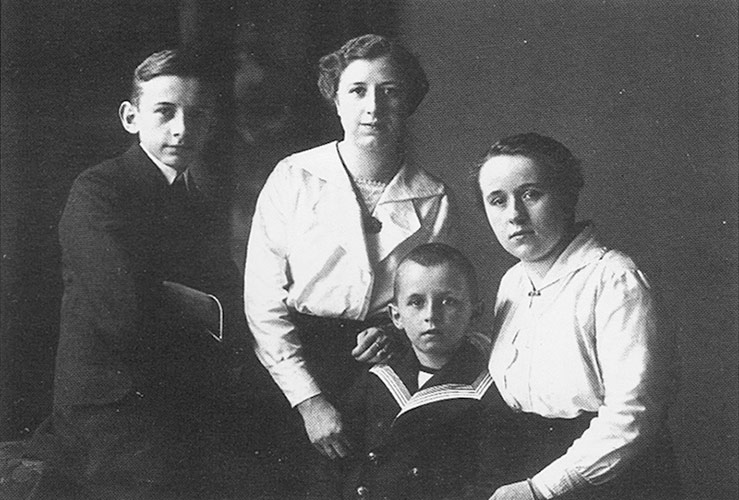 VG with his sisters Marie and Luise and his younger brother August, Osnabrück 1916
VG with his sisters Marie and Luise and his younger brother August, Osnabrück 1916
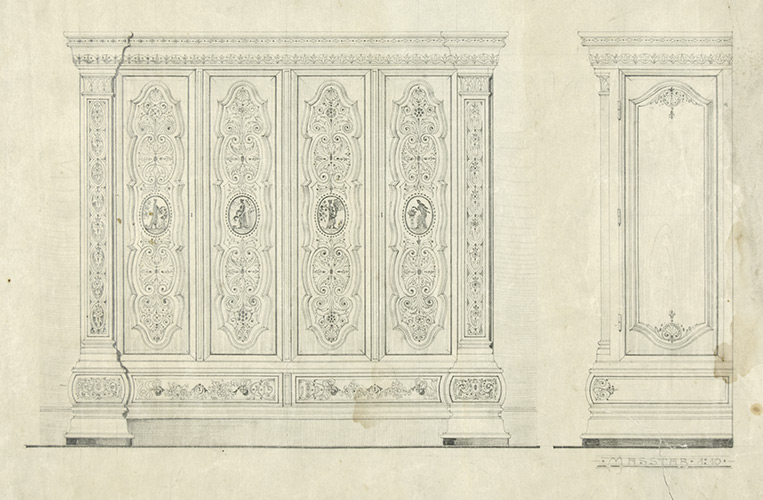 Design for a cherry-wood wardrobe, apprentice examination, Osnabrück 1918
Design for a cherry-wood wardrobe, apprentice examination, Osnabrück 1918
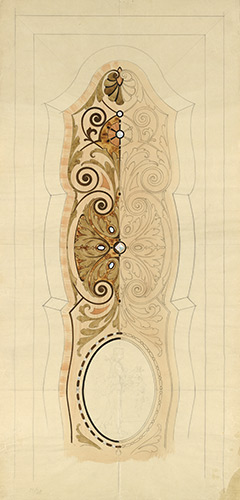 Detail for wardrobe in 1918
Detail for wardrobe in 1918
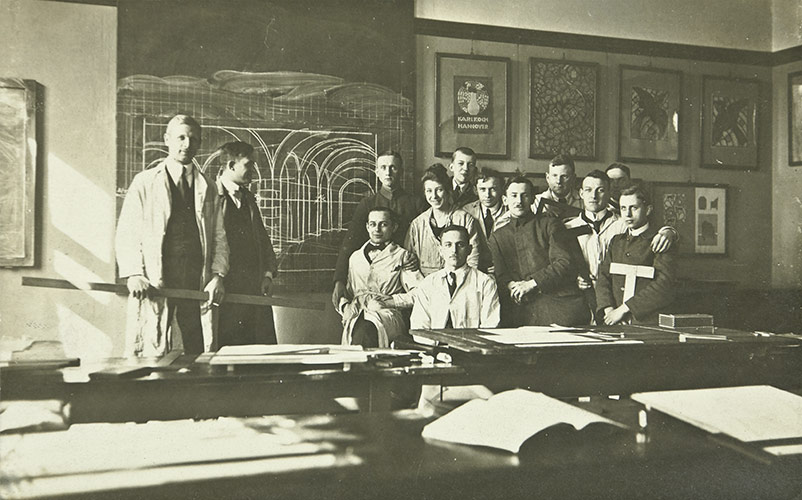 VG in his student' class in Hanover 1919
VG in his student' class in Hanover 1919
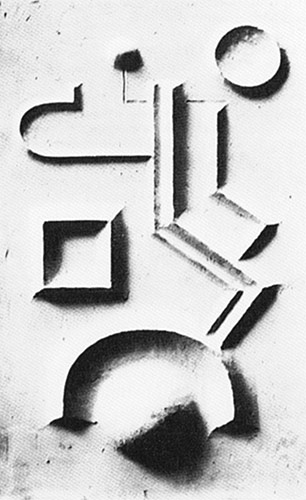 Relief out of geometric forms for architectural purpose, Hanover 1919
Relief out of geometric forms for architectural purpose, Hanover 1919
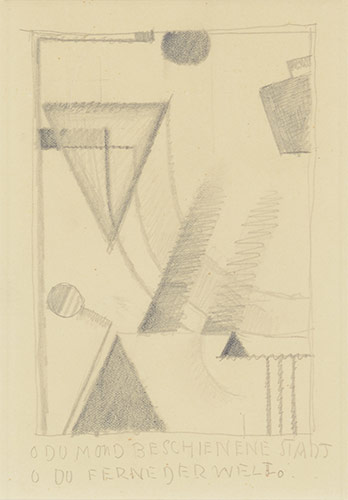 Drawing D 2, 1919
Drawing D 2, 1919
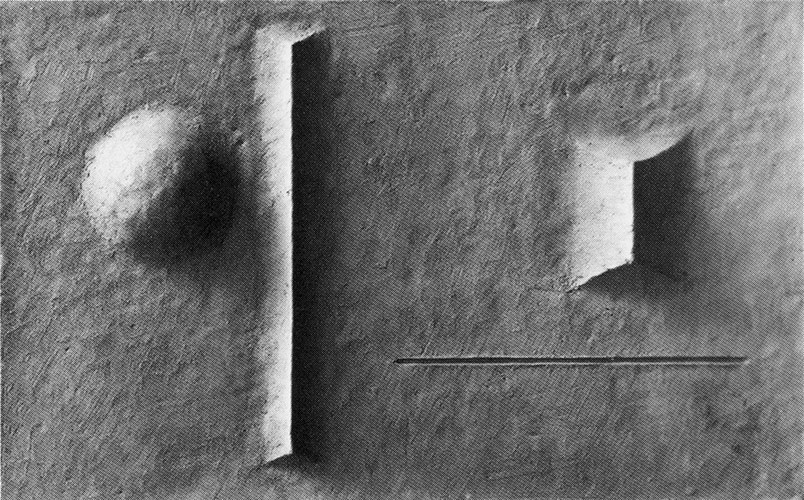 Models for architectural relief, 1921-2
Models for architectural relief, 1921-2
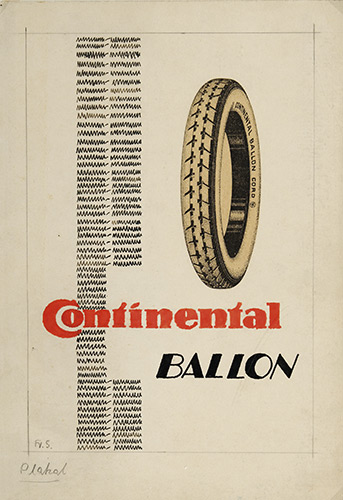 Poster design with drawing and collage, Hanover c. 1924
Poster design with drawing and collage, Hanover c. 1924
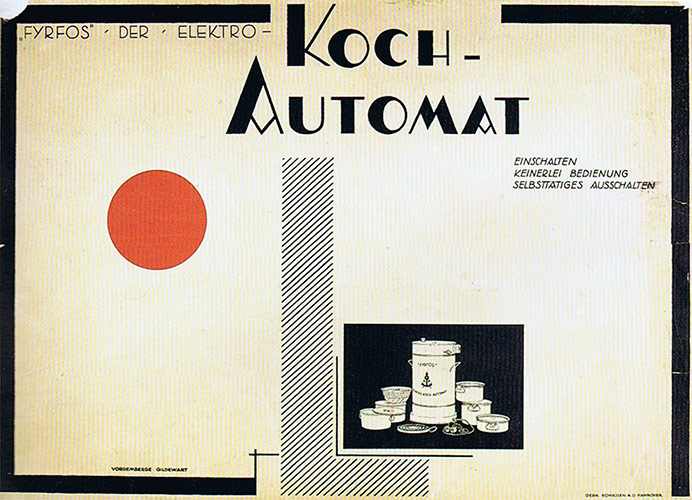 Typographical Design, 1924
Typographical Design, 1924
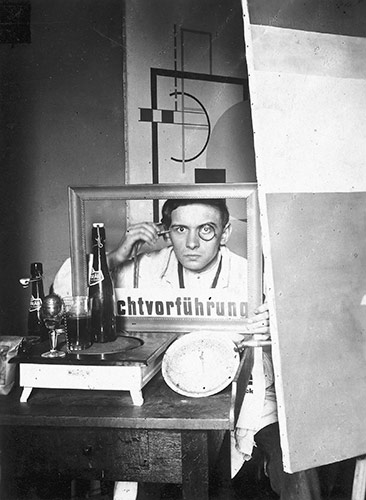 Hanover 1924
Hanover 1924
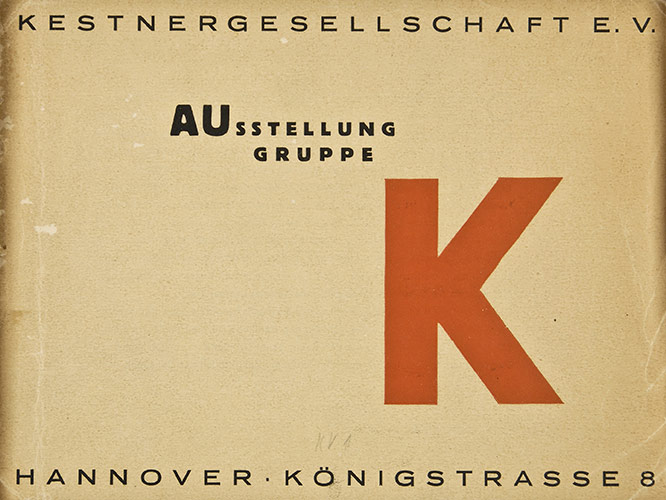 Design Catalogue “Gruppe K”, Hanover 1924
Design Catalogue “Gruppe K”, Hanover 1924
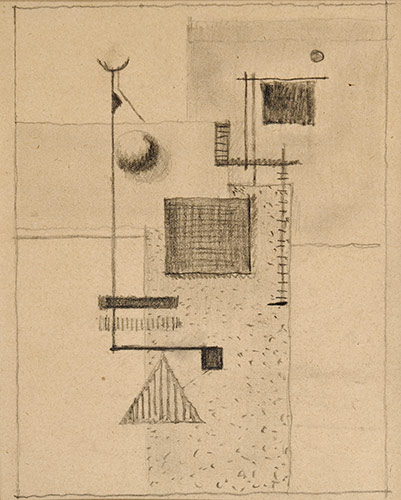 Drawing D 22, c. 1924
Drawing D 22, c. 1924
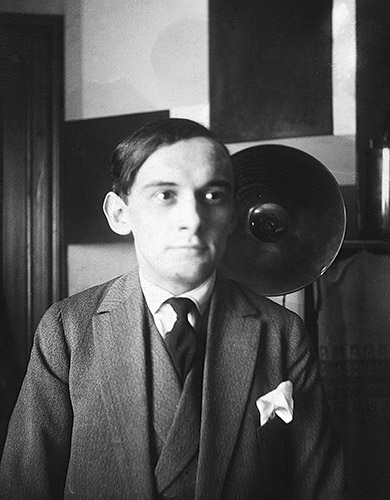 Hanover 1925, photographed by Käthe Steinitz
Hanover 1925, photographed by Käthe Steinitz
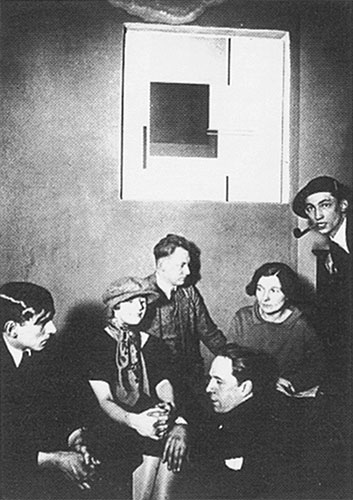 At atelier Hans Nitzschke - VG, Nelly van Doesburg, Kurt Schwitters, Theo van Doesburg, Käte Steinitz and Hans Nitzschke, Hanover 1925
At atelier Hans Nitzschke - VG, Nelly van Doesburg, Kurt Schwitters, Theo van Doesburg, Käte Steinitz and Hans Nitzschke, Hanover 1925
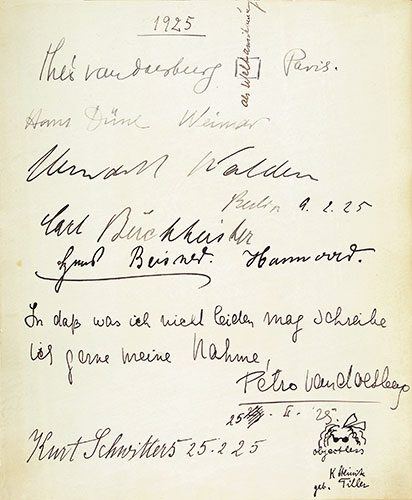 From VG's guest-book
From VG's guest-book
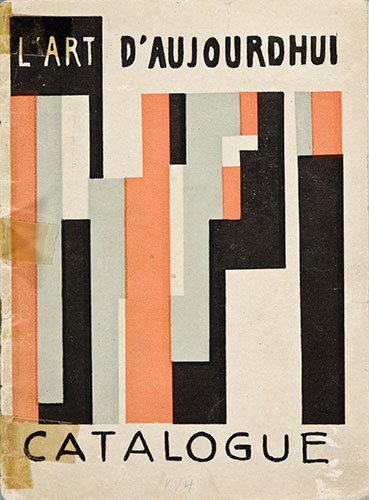 Exhibition-Catalogue “L'Art d'Aujourd'hui”, Paris 1925
Exhibition-Catalogue “L'Art d'Aujourd'hui”, Paris 1925
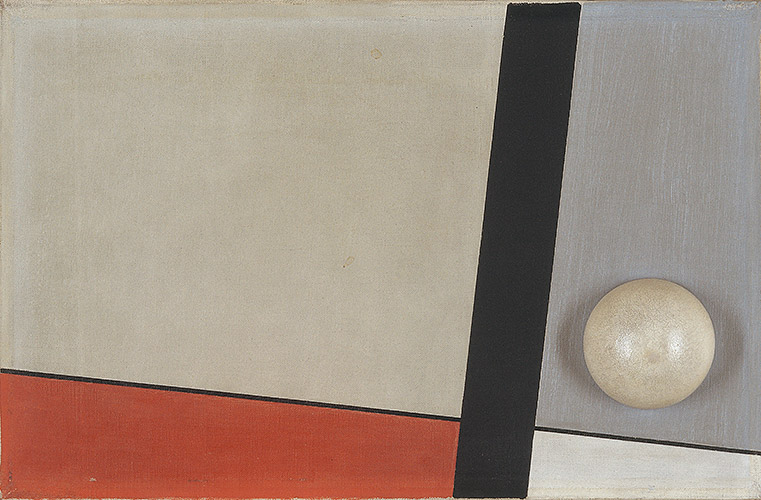 Painting K 35, 1927
Painting K 35, 1927
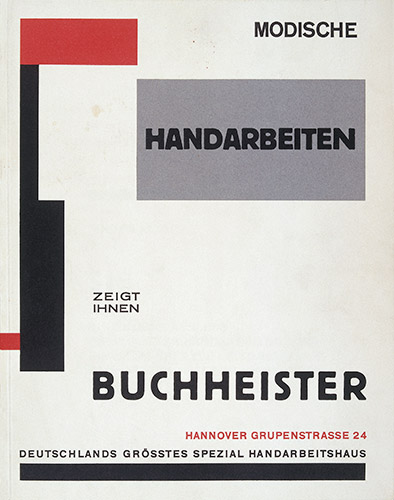 Design for the cover of printed pattern book of Buchheister handicraft firm, Hanover 1926
Design for the cover of printed pattern book of Buchheister handicraft firm, Hanover 1926
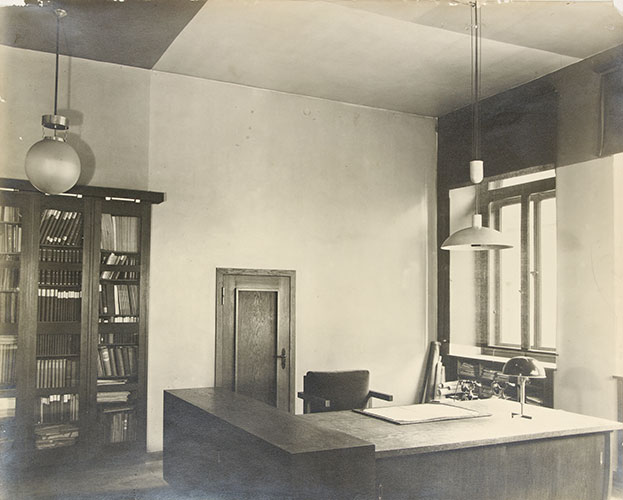 Design for the City Surveyor's office, Osnabrück 1927
Design for the City Surveyor's office, Osnabrück 1927
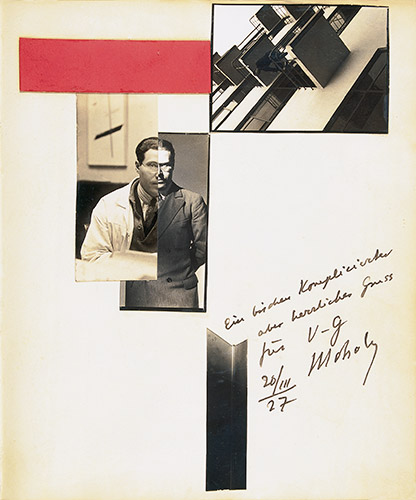 From VG's guest-book
From VG's guest-book
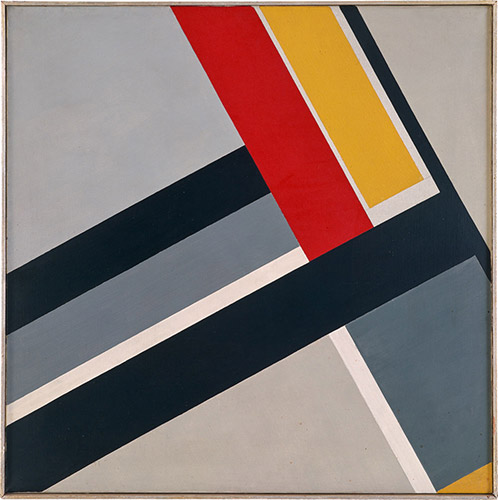 Painting K 41, 1927
Painting K 41, 1927
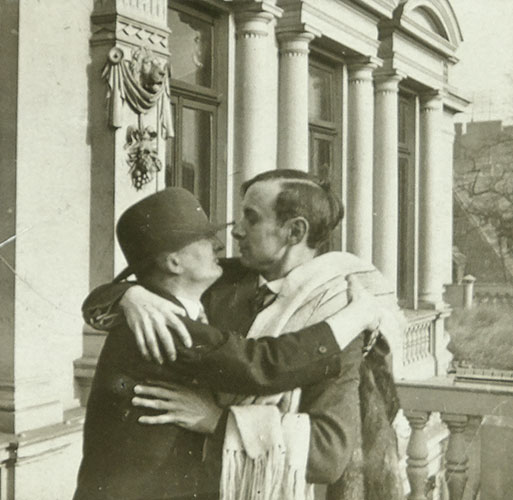 VG and Joachim Ringelnatz, 1929
VG and Joachim Ringelnatz, 1929
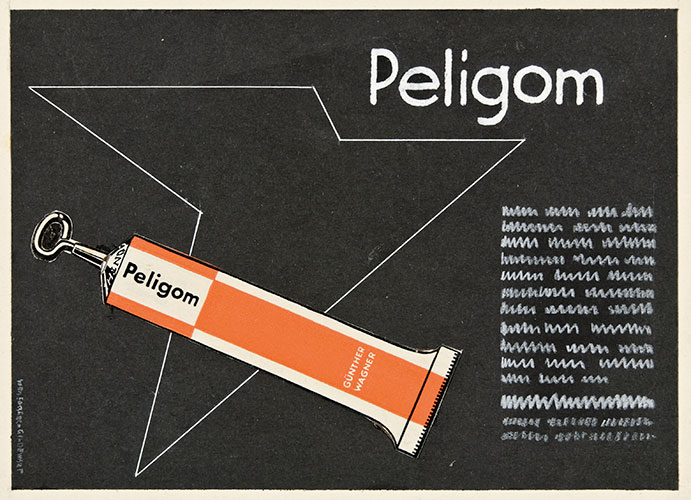 Advertising design for Pelikan's “Peligom glue”, late 1920s
Advertising design for Pelikan's “Peligom glue”, late 1920s
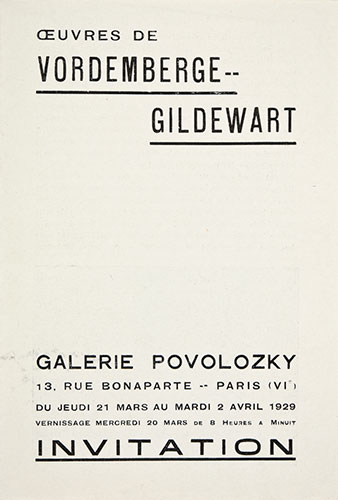 Soloexhibition in Paris 1929
Soloexhibition in Paris 1929
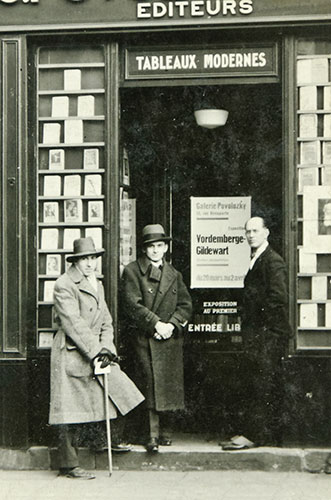 VG in Paris 1929 in front of Gallery Povolozky - with Michel Seuphor and Charles Povolozky
VG in Paris 1929 in front of Gallery Povolozky - with Michel Seuphor and Charles Povolozky
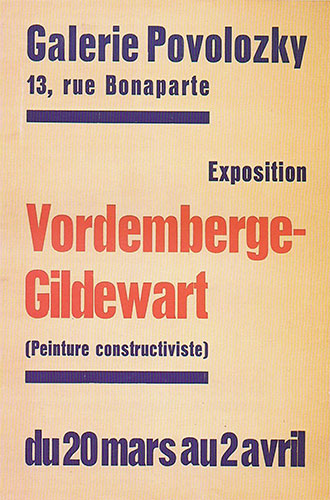 Design for his solo-exhibition in Paris 1929
Design for his solo-exhibition in Paris 1929
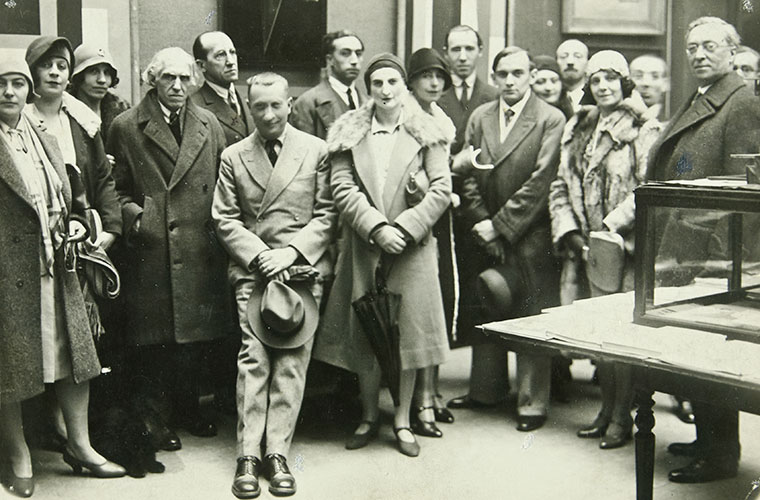 VG with Hans Arp, Sophie Taeuber-Arp, Piet Mondrian, Wassily Kandinsky and others of “cercle et carré” , Paris 1930
VG with Hans Arp, Sophie Taeuber-Arp, Piet Mondrian, Wassily Kandinsky and others of “cercle et carré” , Paris 1930
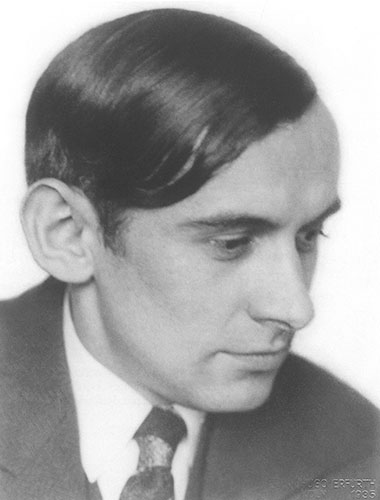 VG, 1932 photographed by Hugo Erfurth
VG, 1932 photographed by Hugo Erfurth
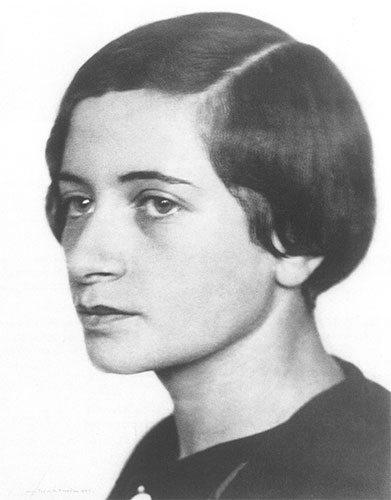 Ilse Leda, 1932 photographed by Hugo Erfurth
Ilse Leda, 1932 photographed by Hugo Erfurth
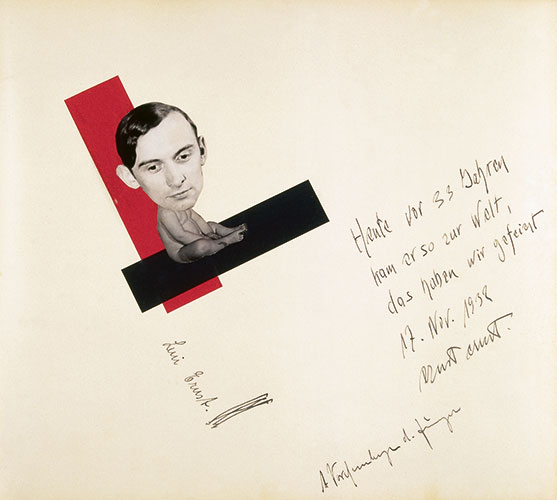 From VG's guest-book
From VG's guest-book
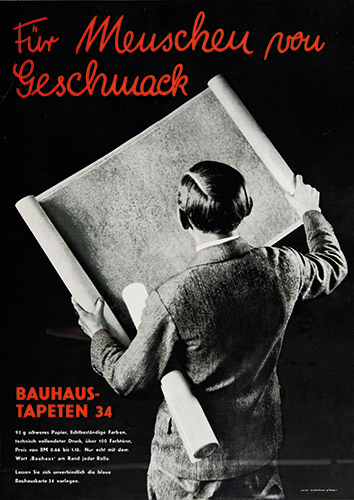 Typographical design, 1933
Typographical design, 1933
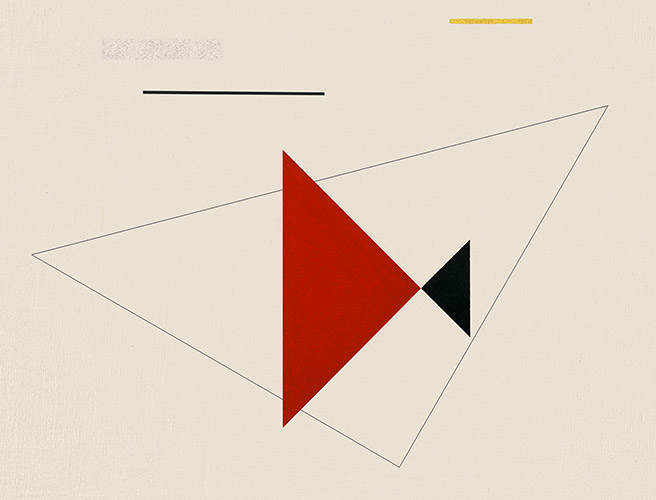 Painting K119, 1940
Painting K119, 1940
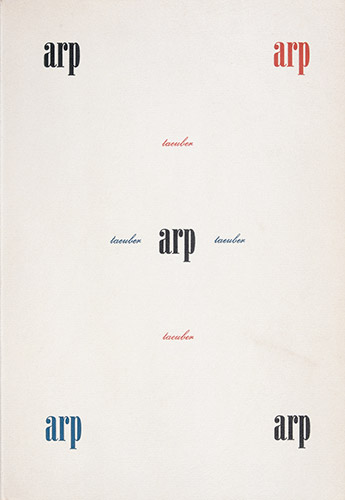 Cover design for Arp's volume of poetry “rire de coquille", Amsterdam 1944
Cover design for Arp's volume of poetry “rire de coquille", Amsterdam 1944
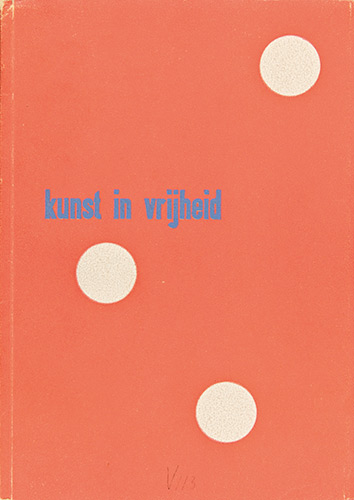 Catalogue-Cover designed by VG for the exhibition at Rijksmuseum in 1945
Catalogue-Cover designed by VG for the exhibition at Rijksmuseum in 1945
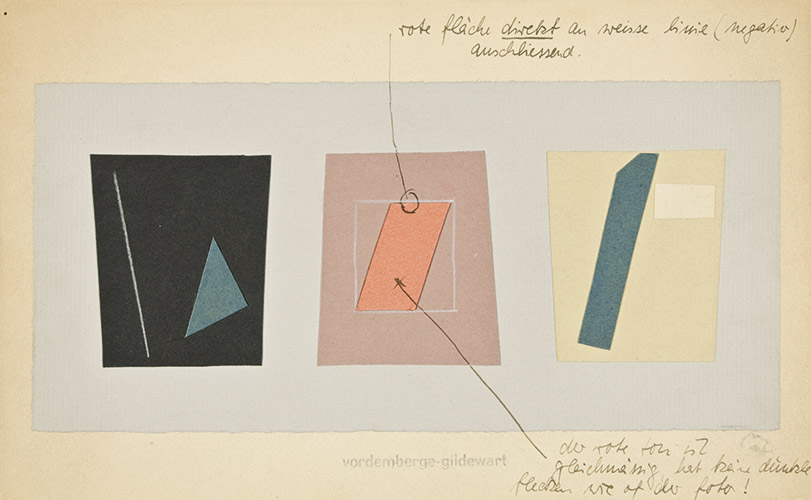 Collage C 28, 1945-6
Collage C 28, 1945-6
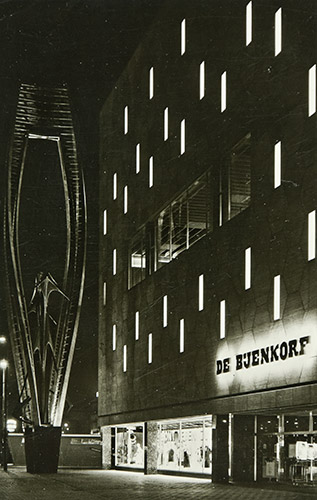 De Bijenkorf Department store in Rotterdam
De Bijenkorf Department store in Rotterdam
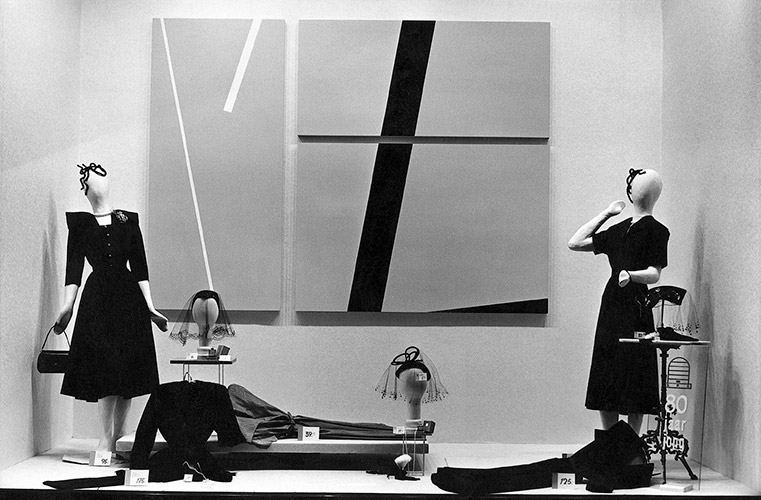 Design for De Bijenkorf 1950
Design for De Bijenkorf 1950
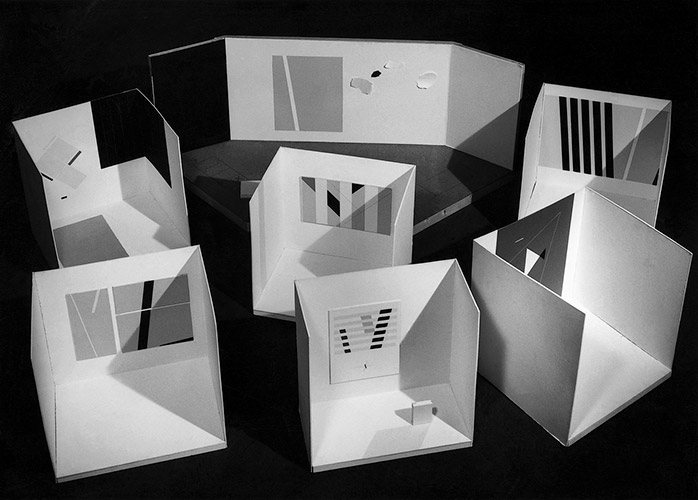 Models for window displays Bijenkorf Department stores at Amsterdam, The Hague and Rotterdam 1950
Models for window displays Bijenkorf Department stores at Amsterdam, The Hague and Rotterdam 1950
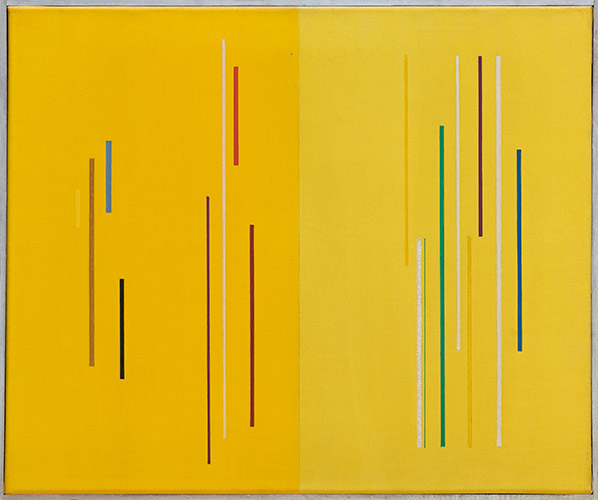 Painting K 197, 1953
Painting K 197, 1953
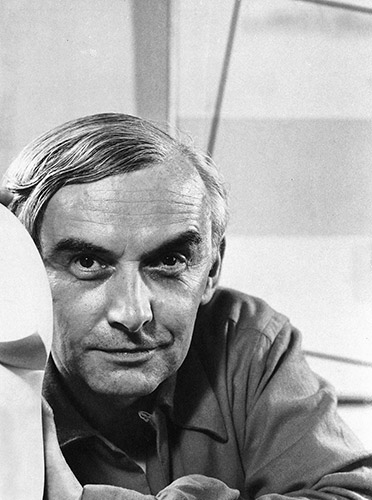 VG next to a sculture of Jean Arp, Amsterdam 1953
VG next to a sculture of Jean Arp, Amsterdam 1953
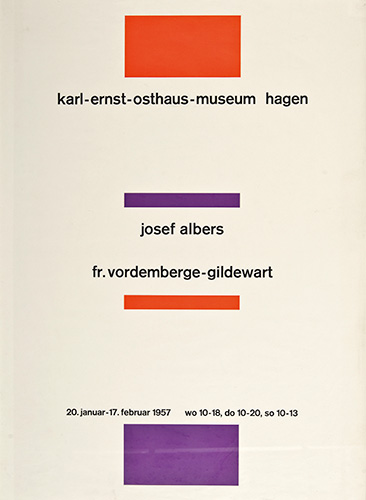 Poster design for Osthaus Museum Hagen, 1957
Poster design for Osthaus Museum Hagen, 1957
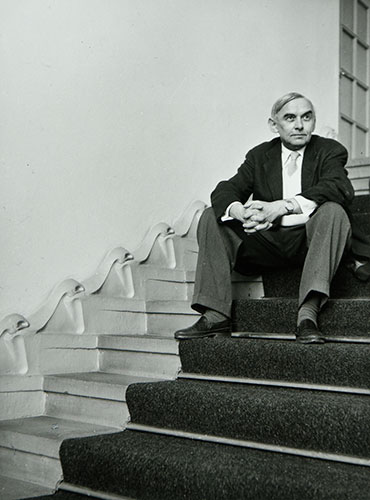 VG at Osthaus Museum Hagen
VG at Osthaus Museum Hagen
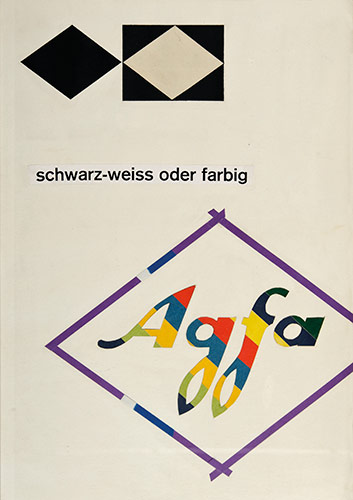 Design for AGFA, Ulm 1957
Design for AGFA, Ulm 1957
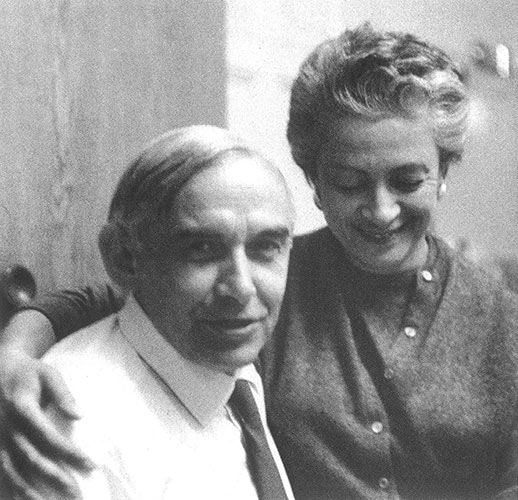 Ilse Leda and VG in Ulm
Ilse Leda and VG in Ulm
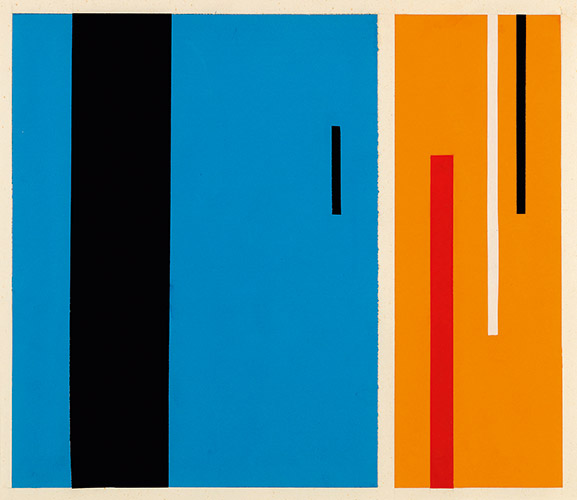 Collage C 20, 1958
Collage C 20, 1958
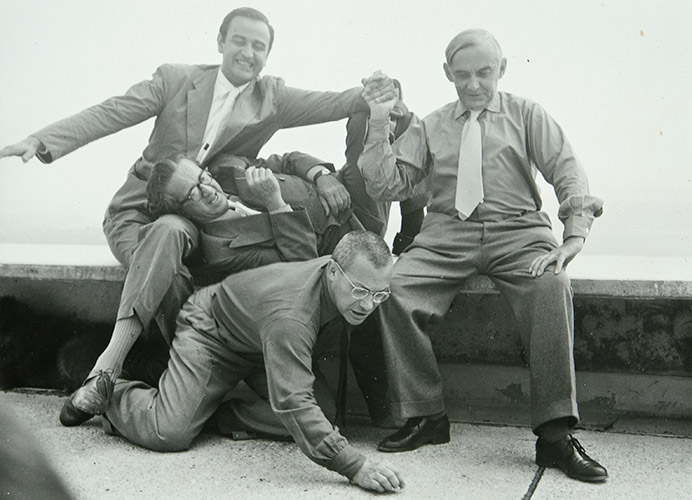 VG with from left Tomas Maldonado, Konrad Wachsmann and Max Bill in Ulm
VG with from left Tomas Maldonado, Konrad Wachsmann and Max Bill in Ulm
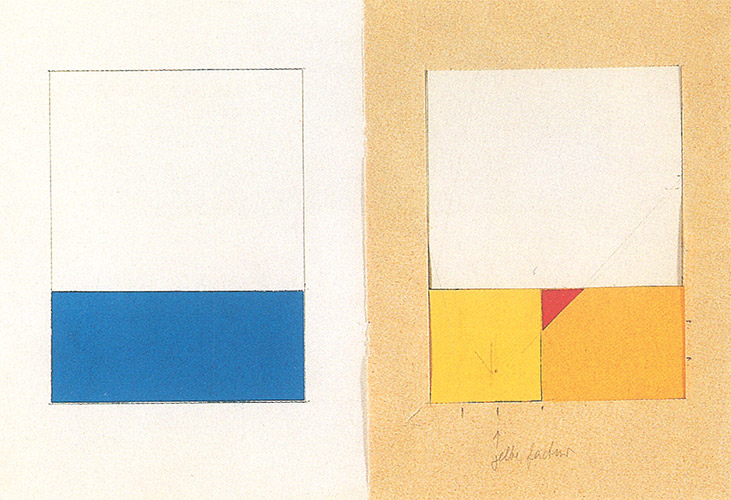 Collage C 17, c. 1958
Collage C 17, c. 1958
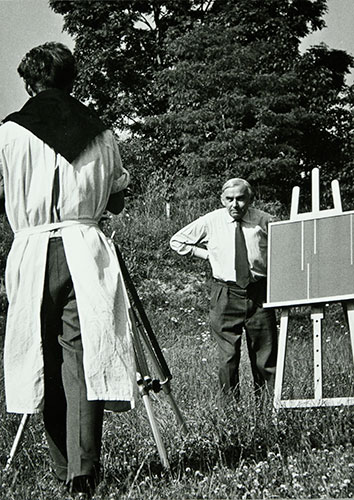 VG in Ulm next to K 199, the painting was shown upside-down too
VG in Ulm next to K 199, the painting was shown upside-down too
 Painting K 215, 1961
Painting K 215, 1961